Category: Lesson Aids
-
Literary Lorenzo Snow #7: Since Mother Went Away
In Mormonism we talk a lot about concepts like “enduring to the end” and “faithfulness in times of trial” (the subject of the current lesson in the Lorenzo Snow manual). We teach that trials are a necessary part of life, burdens that we need to pass through in order to learn the lessons of life…
-
Literary DCGD #14: The Female Relief Society of Nauvoo
What does it mean to consecrate? What are the kinds of things we must do, the attitudes and priorities we must have when we consecrate all that we have and that we are to the Lord? Doctrine and Covenants Gospel Doctrine lesson 14 explores the Law of Consecration, focusing on these attitudes and priorities and…
-
Literary DCGD #13: Inspired Writings
Lesson 13 of this year’s Gospel Doctrine manual reviews some of the most important contributions of Joseph Smith—the scriptures he brought forth. Through Joseph Smith we have not only the Book of Mormon, but also the Doctrine and Covenants, Pearl of Great Price and the inspired version of the Bible. In addition, Joseph Smith provided…
-
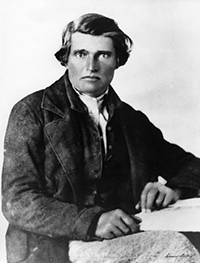
Literary DCGD #12: The Gathering of Zion
One of the most modified Mormon doctrines is the doctrine of the gathering—the idea that Church members should move to a central gathering spot to build up Zion in this dispensation. D&C lesson 12 teaches about this doctrine, the subject of many of the sections in the Doctrine and Covenants. Under this doctrine, Mormons have…
-
Literary DCGD #11: Bold Pilgrim
One of the early focuses of the Doctrine and Covenants is missionary work. Repeatedly the Lord advises the Church in revelation that “the field is white, already to harvest,” and encourages missionaries to labor with “all your heart, might, mind and strength.” Church members are urged to prepare and to “open your mouths” to warn…
-
Literary Lorenzo Snow #6: Saturday Evening Thoughts
Chapter 6 of the Lorenzo Snow manual discusses President Snow’s teachings about perfection—his encouragement of gradual improvement, diligence and patience and the role of repentance in obtaining perfection. One of the concepts that stands out to me is the requirement for patience and endurance in reaching perfection. These themes can also be found in his…
-
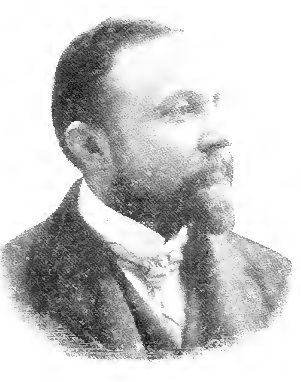
Literary Lorenzo Snow #5: Pre-Existence
Lorenzo Snow’s teachings on man’s destiny and on the nature of God have often been met with both criticism from non-Mormons and wonder from members. His couplet about the past of God and the future of man (mentioned in the lesson), encapsulates an important part of Mormon theology, something that has been even encapsulated in…
-
Literary DCGD #10: Friendship
Lesson 10 of the Gospel Doctrine manual for the Doctrine and Covenants is one of those lessons that is a bit hard to characterize. It covers D&C 25, addressing subjects like “husbands and wives should support and comfort each other,” “meekness and pride,” and “rejoice and be of good cheer.” I found it hard to…
-
Literary DCGD #9: The God that others worship by John Hardy
The formal organization of the Church on April 6, 1830, subject of Gospel Doctrine lesson #9 this year, was the culmination of many preparatory steps that Joseph Smith and his fellow believers took. When the organization occurred, the group had new scripture, new authority from God and a new prophet at its head. In the…
-
Literary DCGD #8: Hymn by John Hardy
The restoration of the priesthood, outlined in the D&C Gospel Doctrine lesson #8, is central to the Church’s claim to authority and to our understanding of the course of the plan of salvation. Following the atonement of Christ, the authority to administer the ordinances required for eternal life must be a very important element of…
-
Literary Lorenzo Snow #4: Then give us, O Father
When Lorenzo Snow speaks of the Holy Ghost in the material included in chapter 4 of the lesson book, it is clear that he sees the spirit as a great help to us. “It would be simply foolish indeed to expect the Latter-day Saints in these days to comply with the celestial law… except they…
-
Literary DCGD #7: I would see Jesus
When discussing the first principles and ordinances of the gospel the focus is often on the details and less often on their purpose in the plan of salvation. The 7th D&C gospel doctrine lesson talks about faith, repentance, baptism and the gift of the holy ghost. In teaching these principles and ordinances, the focus should…
-
Literary Lorenzo Snow #3: To the Latter-day Saints
The concept of enduring to the end can be somewhat vague. Much of what it requires depends on environment and circumstance — what is required for you to endure to the end is perhaps different than what will be required of me. But the underlying gospel principles are known, and the following poem by Eliza…
-
Literary DCGD #6: May I Remember Thee
The principle of personal revelation is a foundation of Mormonism, a key to our understanding of the gospel. And few places in the scriptures make this as clear as in D&C 8 and 9, which are discussed in Gospel Doctrine lesson 6. There we learn, among other things, that faith is a key aspect of…
-
Literary DCGD #5: A Scene in Virginia
The spirit of revelation described in D&C Gospel Doctrine lesson #5 isn’t always credited with all that it deserves. During our lives, I think, we often receive inspiration that we don’t attribute to anything but our own decisions, while that inspiration makes subtle changes, pushing us towards the better. Other times personal revelation is very…
-
Literary DCGD #4: Interview with David Whitmer
I think that we often think of witnesses as something outside of the event, added to fill a particular need or satisfy the desires of the world. But I wonder if this perception might not be incorrect, if witnesses are not, in fact, an important part of the process of communicating truth. A testimony is,…
-
Literary Lorenzo Snow #2: For Baptism
[I am traveling for the 4th annual Brazilian Mormon Studies Conference — please excuse the delay in posting this.] From the beginning of Mormonism, Baptism has been a central focus of our preaching. Baptism must be done in the correct manner and by the correct authority, and should be followed by the gift of the…
-
Literary DCGD #3: The Young Seer
[I am traveling for the 4th annual Brazilian Mormon Studies Conference — please excuse the delay in posting this.] Of our mythic founding stories, the First Vision is surely the most important. It appears regularly in manuals and conference talks, as well as in the missionary lessons, where it is among the first things that…
-
Literary DCGD #2: Praise ye the Lord
The second Doctrine and Covenants lesson makes the point that this modern scripture talks and teaches of Christ. That focus was easy to find in many Mormon poems and hymns, but the following poem has the advantage of talking about the Lord for what He has done for the Latter-day Church. Eliza R. Snow probably…
-
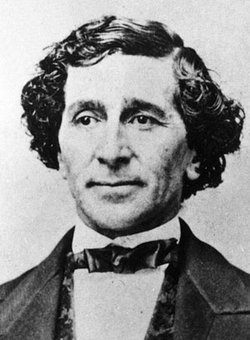
Literary Lorenzo Snow #1: Provo Sunday School
I love the first lesson in the Lorenzo Snow manual. It seems like Snow’s love of learning is second to none among latter-day Prophets. And his statements about learning are wonderful: “Though we may now neglect to improve our time, to brighten up our intellectual faculties, we shall be obliged to improve them sometime. We…
-
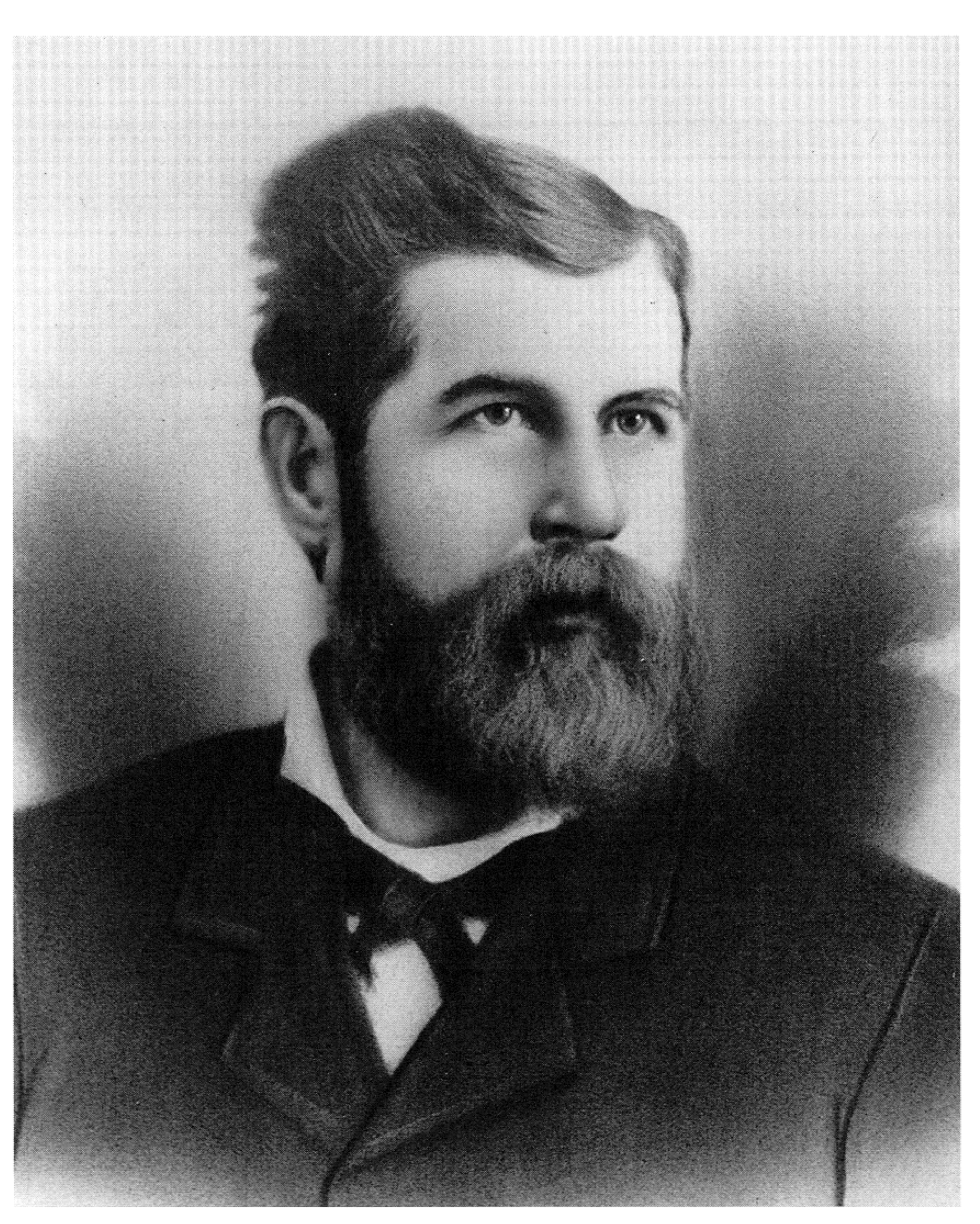
Literary DCGD #1: On the Latter-day Dispensation
The initial lesson in the Doctrine and Covenants and Church History course of study points out that the revelations found in the text are meant for our time and cover our dispensation, while the history presented is the history of our people, as opposed to those who lived aeons ago. This course should, therefore, be…
-
Why Literary Gospel Doctrine Lesson Posts
For the past year each Monday afternoon my “Literary BMGD” posts have appeared each Monday — perhaps confusing some readers who have wondered exactly what these posts were all about. And those who clicked on them to read what they had may have been surprised to find that they were… poetry. What exactly is BMGD…
-
Literary BMGD #48: My Friends and I
The final lesson for the Book of Mormon Gospel Doctrine class covers Moroni 7-10, the final Book of Mormon prophet’s closing advice to readers, including teachings about faith, hope and charity, the conditions of salvation, spiritual gifts, the role of the Holy Ghost, and how to judge between good and evil. The motivation for this…
-
Literary BMGD #47: While of these emblems we partake
Including the sacrament prayers in Moroni 4, and indeed all the instructions in Moroni 2 through 6, seem almost like an afterthought to the Book of Mormon—kind of like “Oh, yeah, you’ll need to know this stuff too.” And these instructions only make sense if they are written for us today, for Moroni himself is…
-
Literary BMGD #46: Trials and Happiness
I often wonder how Mormon managed to keep it together. He saw his own civilization decaying around him, perhaps while he was in the midst of abridging the record of the Jaredites, summarizing the details of their decline and destruction, which was so similar to his own. Yet despite this, in the final chapters of…
-
Literary BMGD #45: Song of the Exiled Saints
The Book of Ether contains the story of the Jaredites — a story that parallels the overall history told in the Book of Mormon. And, as I’ve observed here before, the story also is somewhat similar to that of the early Saints, who travel to a foreign land at the direction of the Lord, seeking…
-
Literary BMGD #44: The Book of Mormon
As Mormon completes his own record in Mormon chapters 7, 8 and 9, he prophesies about the role that the Nephite records will have in the future, saying that the record will come forth in the latter days, in a day of great wickedness, and urging readers of the book to believe in Christ. This…
-
Literary BMGD #43: Christ’s Ministry to the Nephites, part III
Mormon, the book in the Book of Mormon written by its compiler, is perhaps the most depressing of the book of scripture. It might be subtitled ‘the Decline and Fall of Nephite Civilization.’ And its author was all but hopeless in his assessment. But unlike Gibbon’s perhaps better known description of decline and fall, Mormon…
-
Literary BMGD #42: The Gospel
In the final minutes of his visit with the Nephites (3 Nephi 27), Christ makes clear that the church established for the Nephites must bear his name and teach his gospel. He even specifies elements of his gospel: the atonement and resurrection, the final judgment, repentance, baptism, faith in Jesus Christ, the gift of the…
-
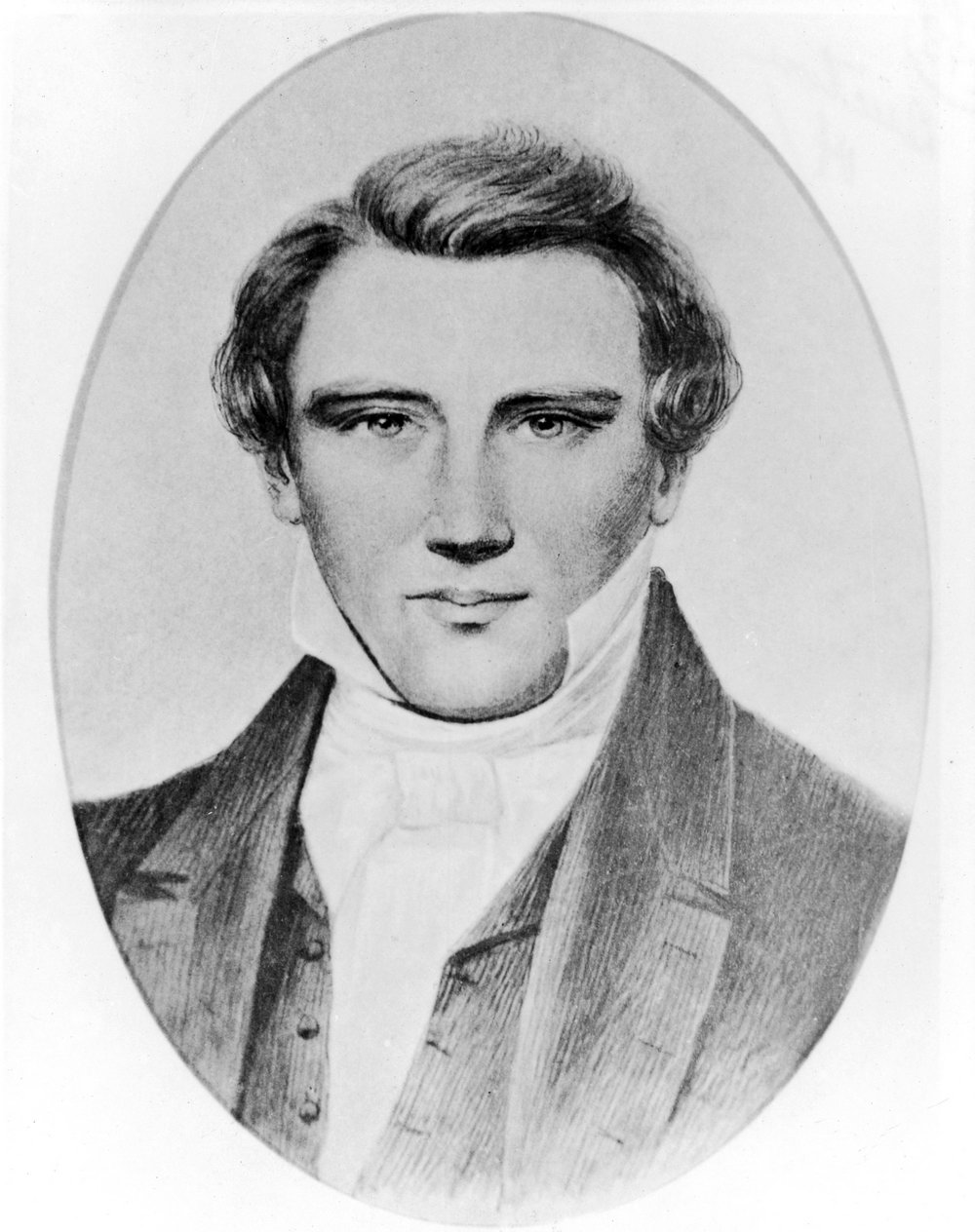
Literary BMGD #41: A Vision
Poetry by Joseph Smith? That is certainly not what Joseph Smith is known for, nor is it often claimed that he was a poet in all the writing and studies made about him. [Orson F. Whitney is the exception that comes to mind.] But the following poem, when published in 1843, carried his byline when…
